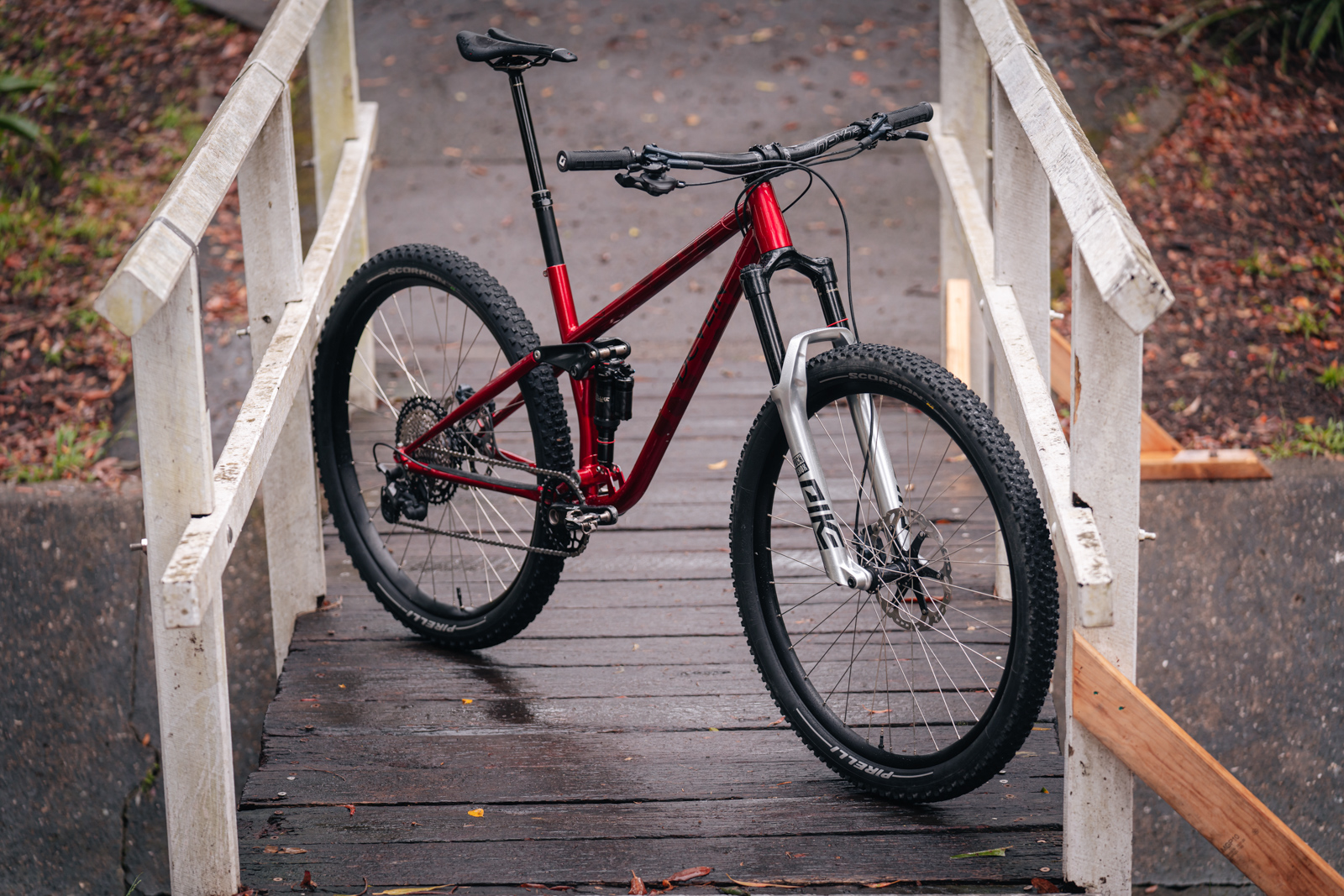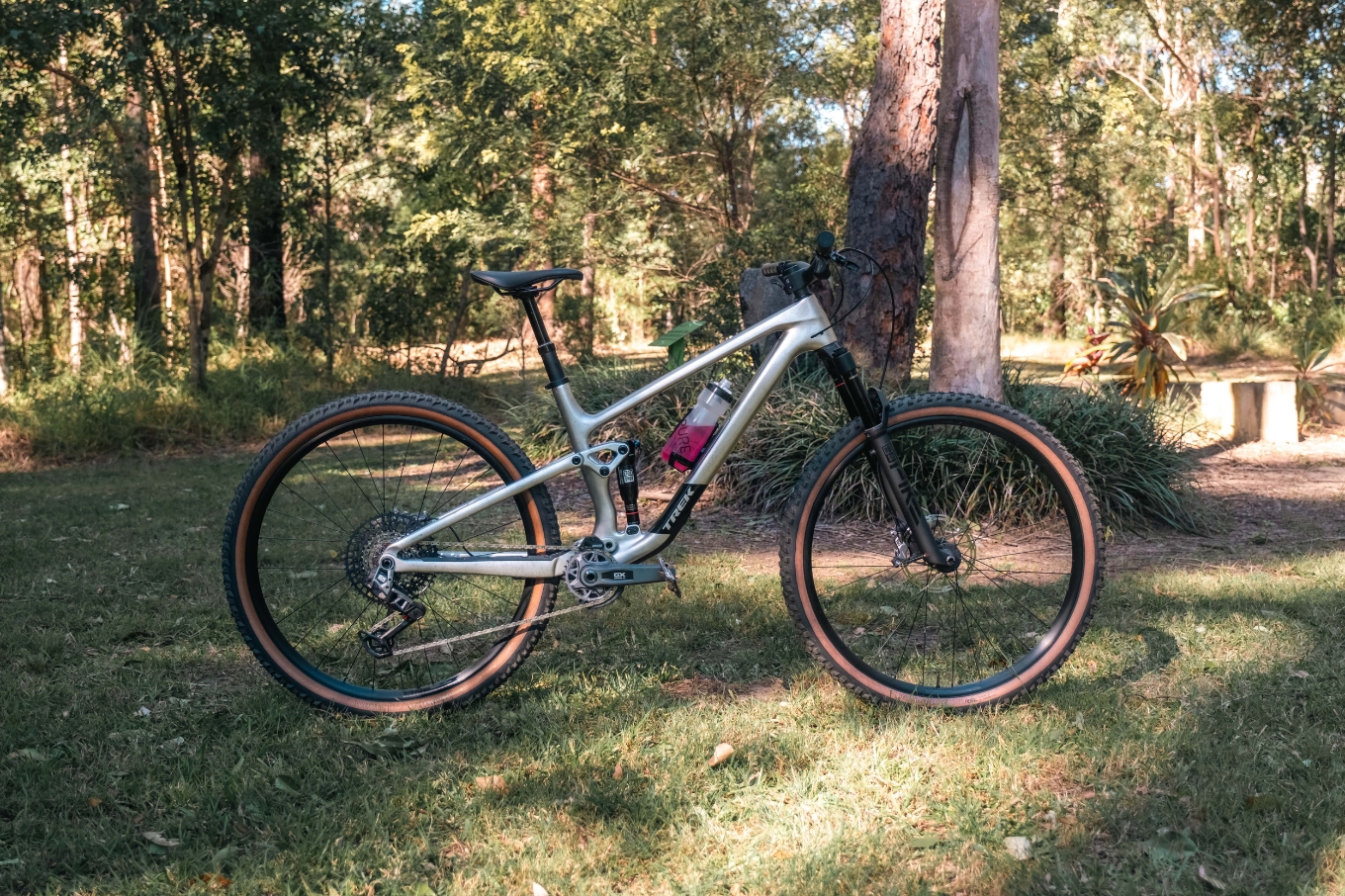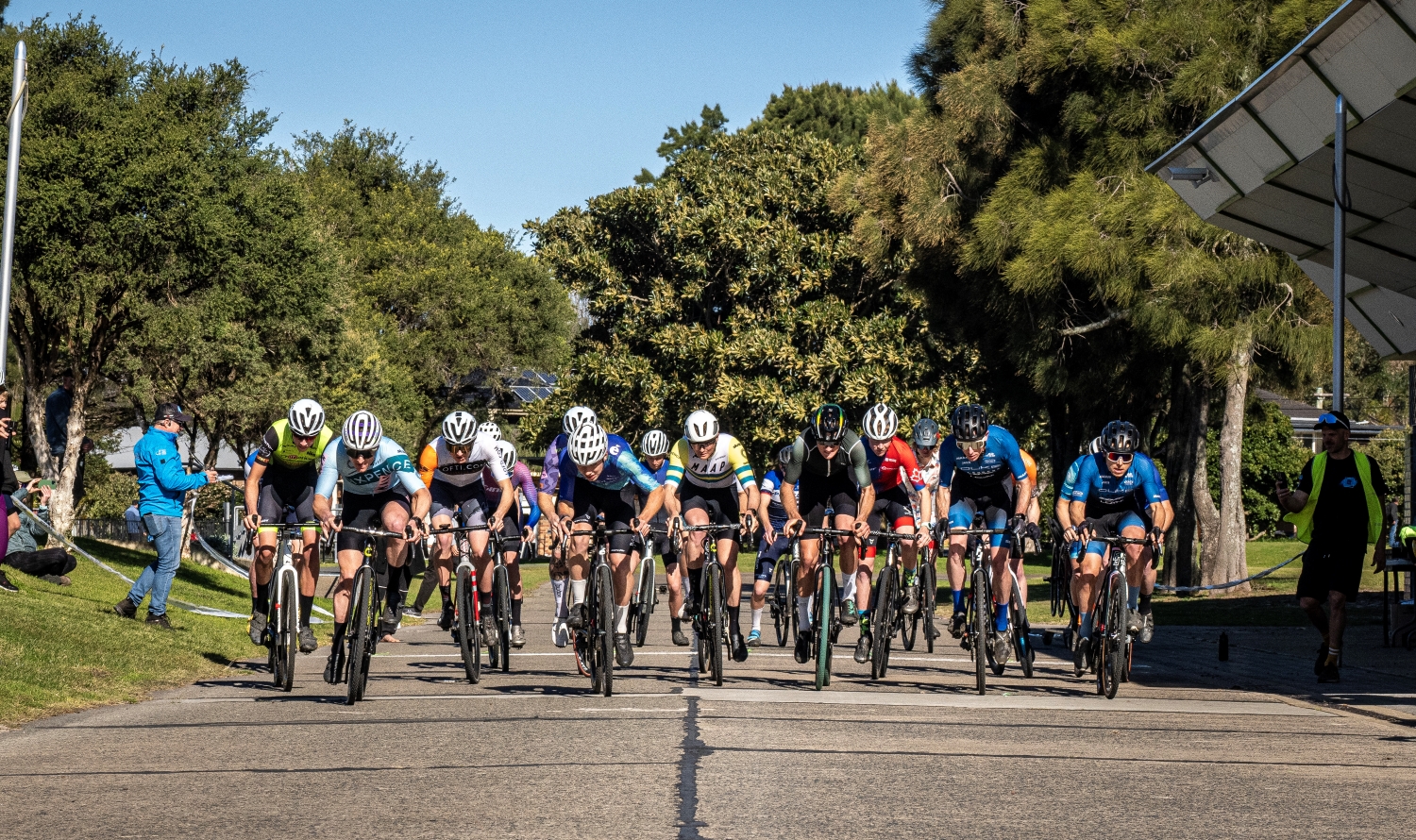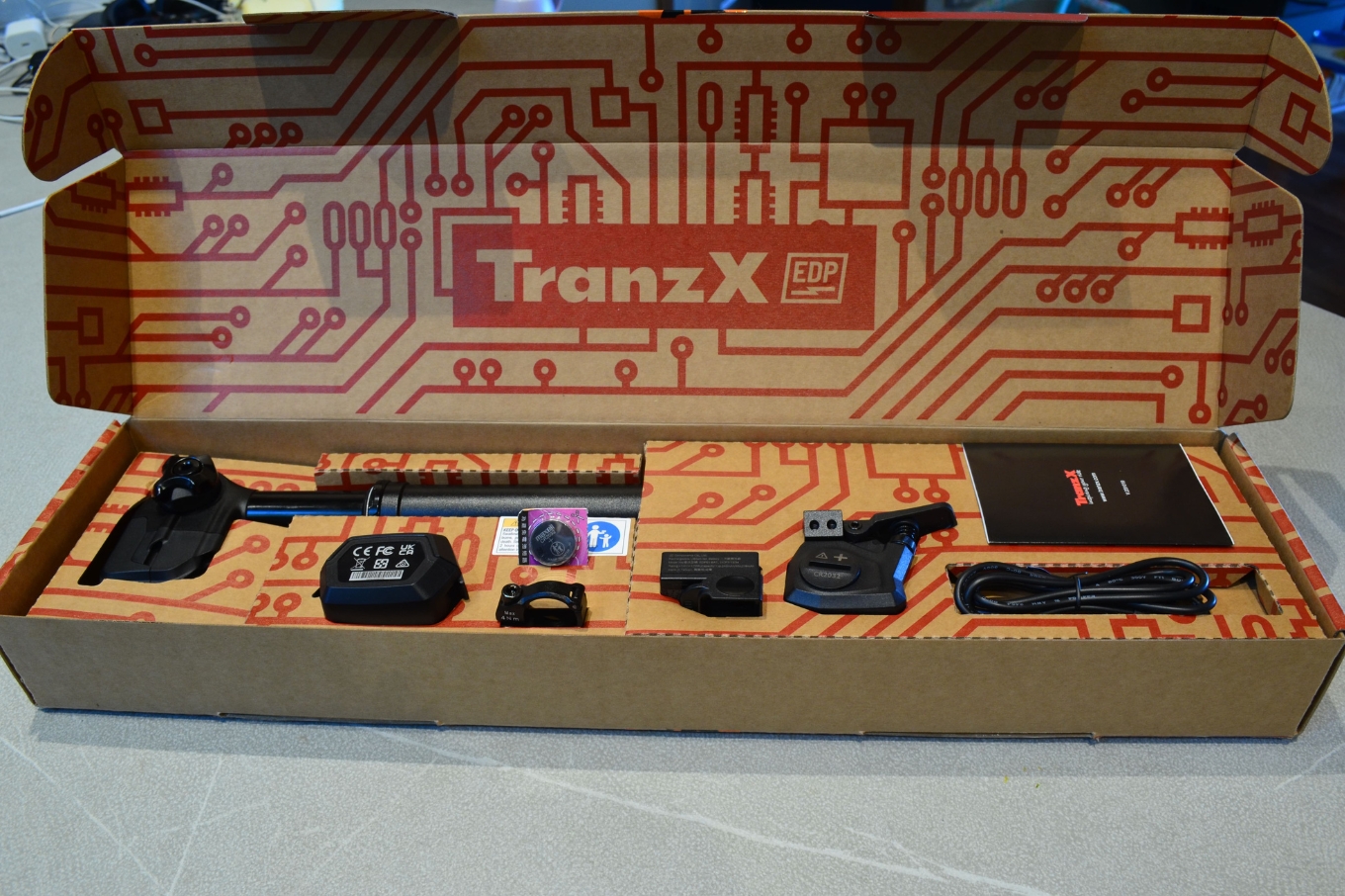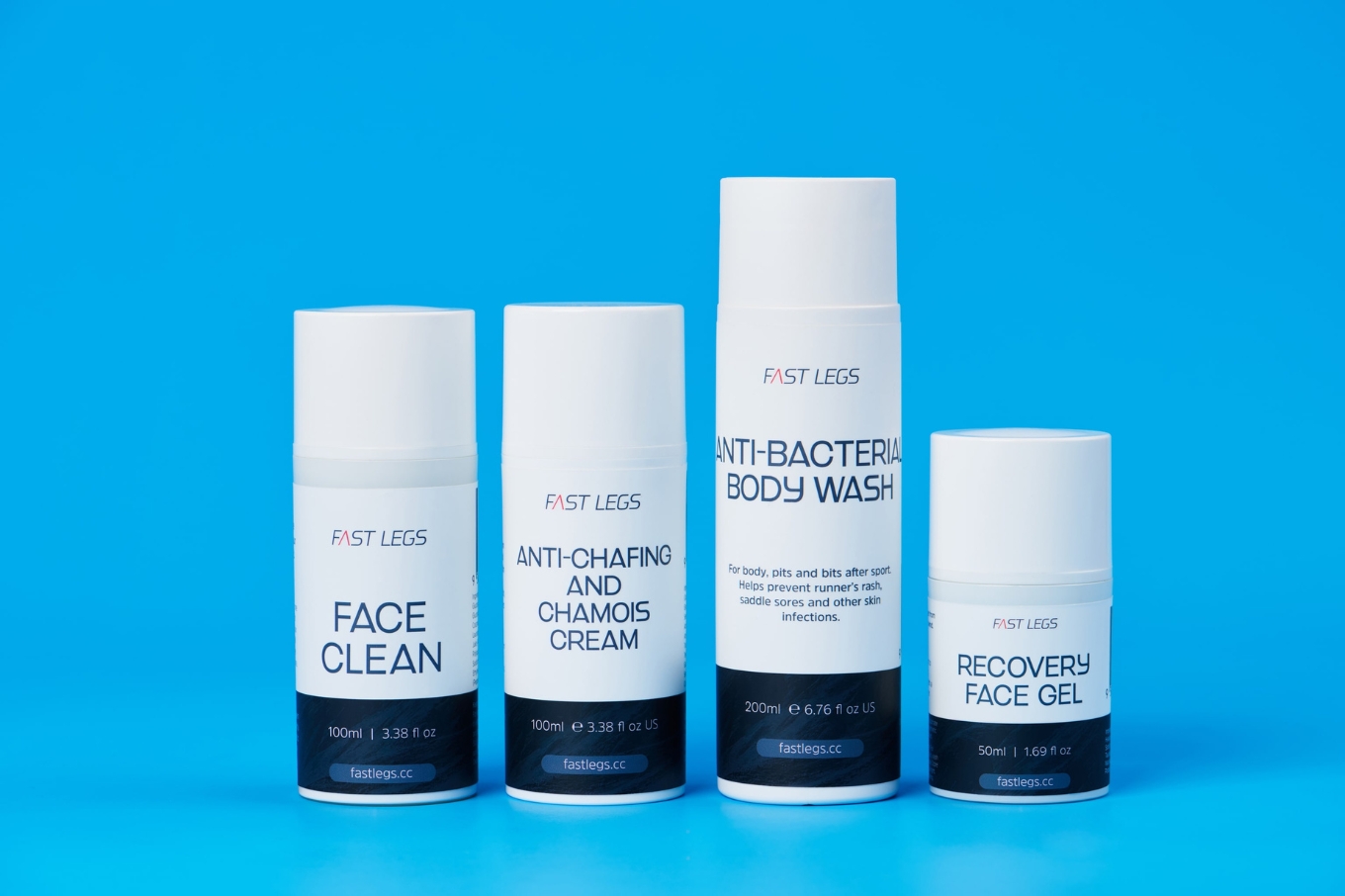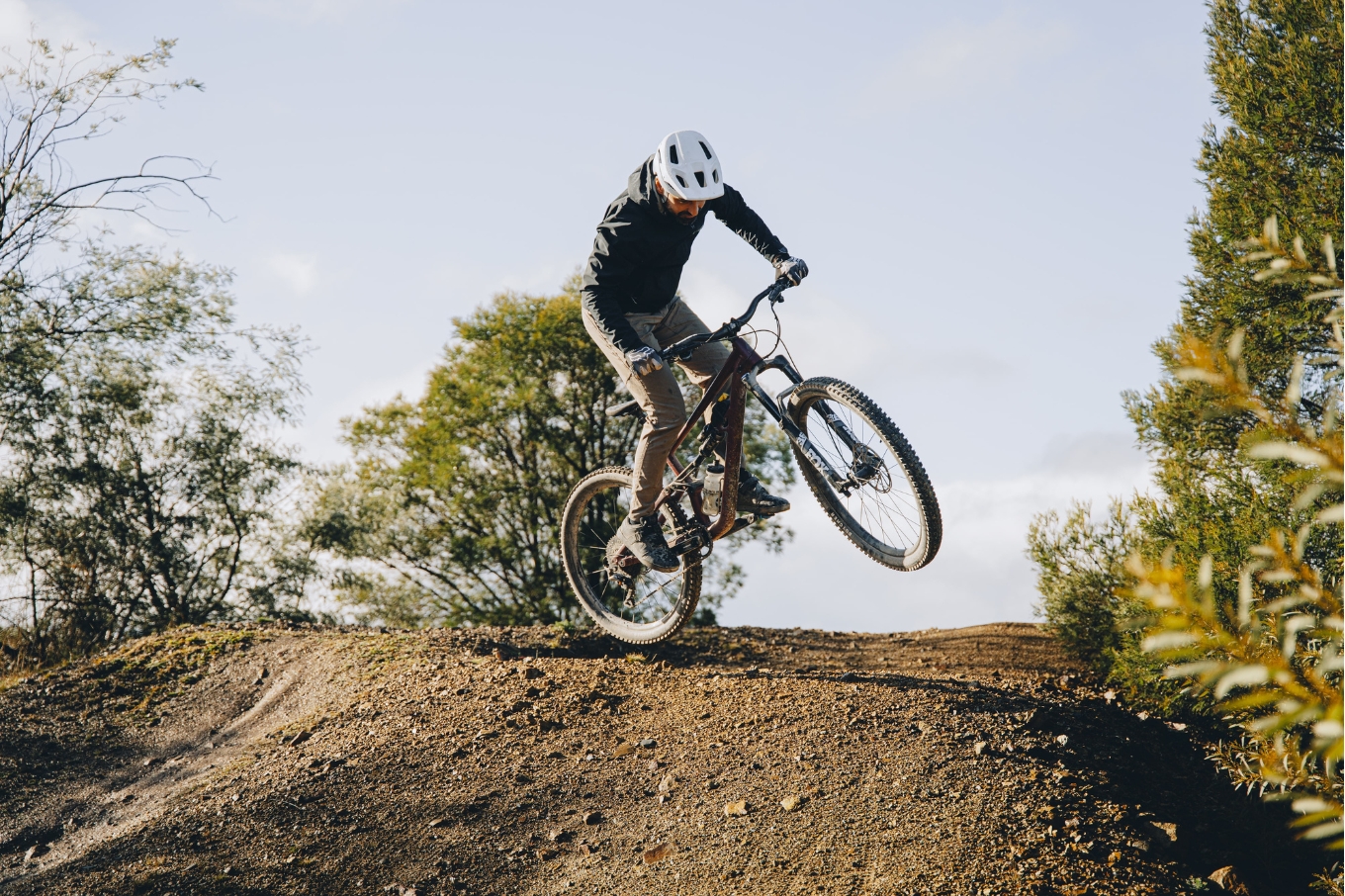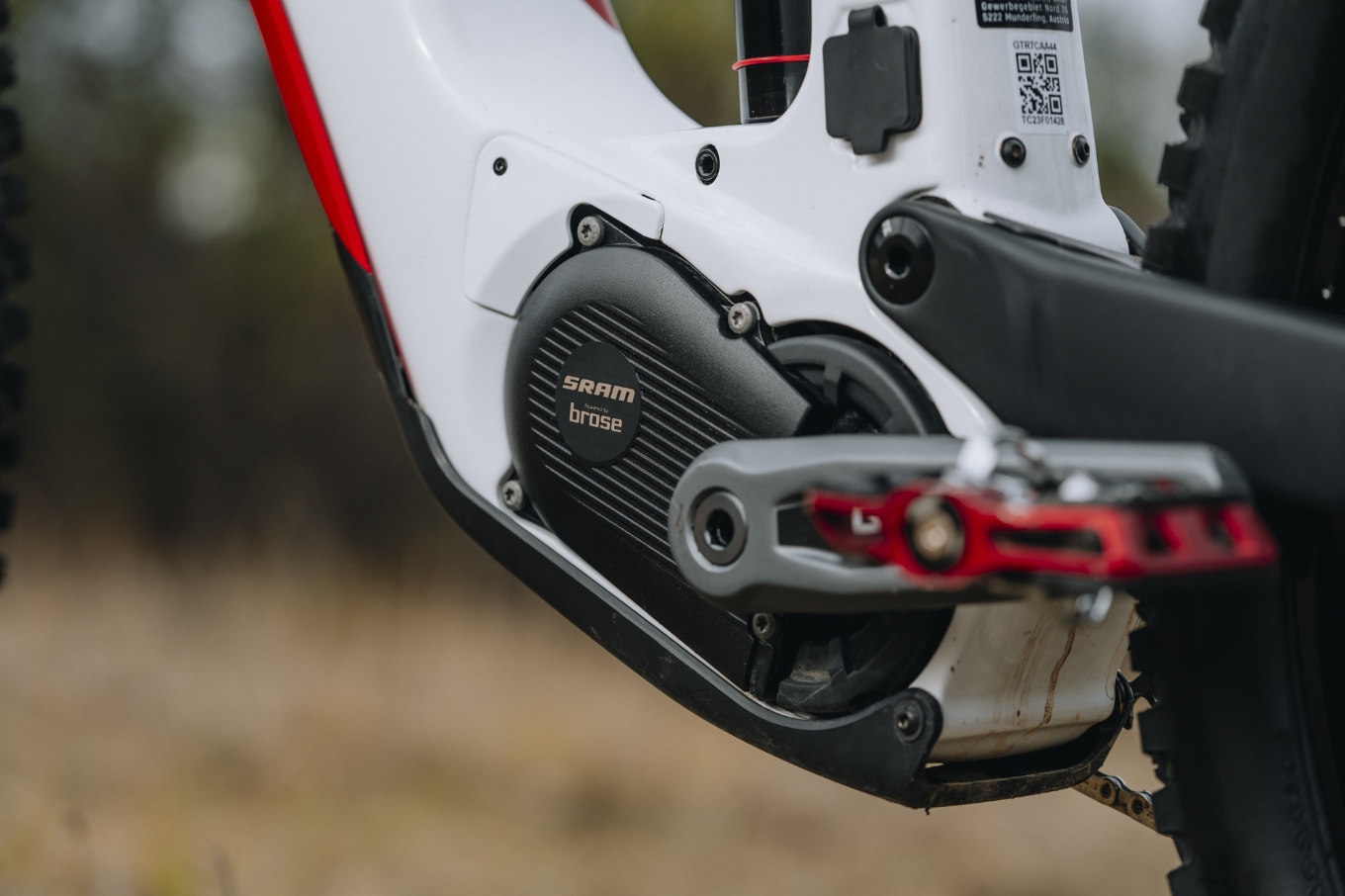TESTED: Devlin Oisin
The Devlin Oisin is a bike from a brand you probably haven’t heard of. It’s also a bit of a rarity in the world of dual suspension bikes as it’s made from steel.
Words: Will Shaw
Photos: Edward Kelly
The Oisin is the first dual suspension bike in the Devlin range, but Sean’s mountain biking and cycling roots go back more than 30 years. I caught up with Sean to learn more about the Oisin, and why now is the time to be jumping into the full-suspension market. Sean says that he’s always wanted to do full-suspension frames, and the last seven years of building road and gravel frames have honed his skills to step into mountain bikes.
‘I started racing in 1990, and my first mountain bike race was at Yellomundee, it was when suspension was just coming in with the first offerings from RockShox. I was a trainee draftsman and I always liked making stuff, and I’ve pretty much had a full suspension frame in design from then. About seven years ago I built my first road frame with an eye to building full suspension frames. Now I have time to do mountain bikes, so that’s why I’ve started.’
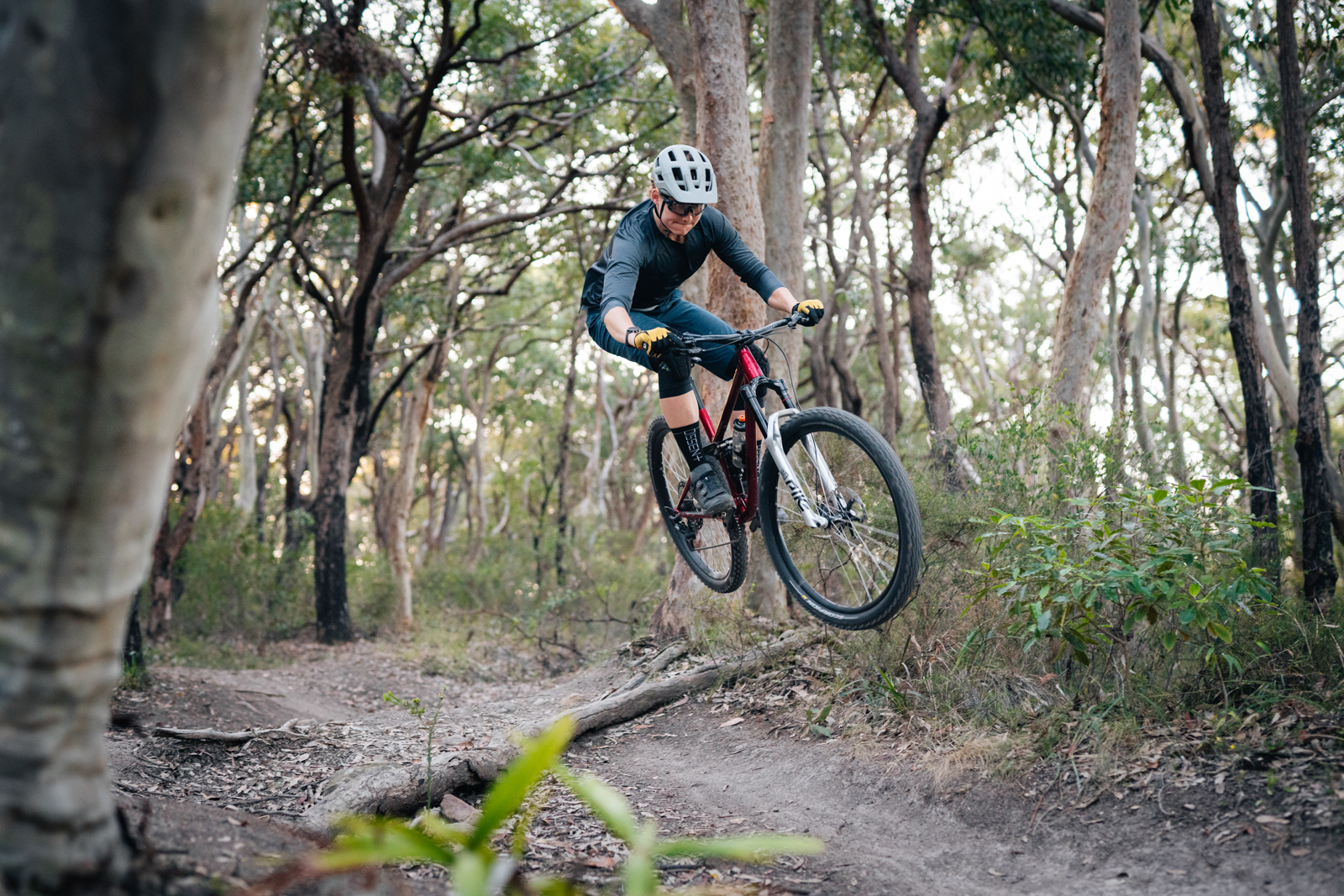
With 140mm of rear travel paired with 150mm of travel up front, the Oisin is comparable with bikes such as the Giant Trance and Merida 140, which are pitched as jack of all trades trail bikes. But really, the Oisin plays in its own realm.
Initial Impressions
I’m no expert when it comes to steel construction, but the Oisin frame is both gorgeous and well executed. 100% Fillet Brazing is the joining method used to assemble the frame, and the lines are incredibly clean throughout. This method was selected due to the strength it creates, and it gives better stress management at the joints than TIG welding. The downside to this is that 100% Fillet Brazing takes longer than TIG welding, which leads to higher pricing than a TIG welded frame.
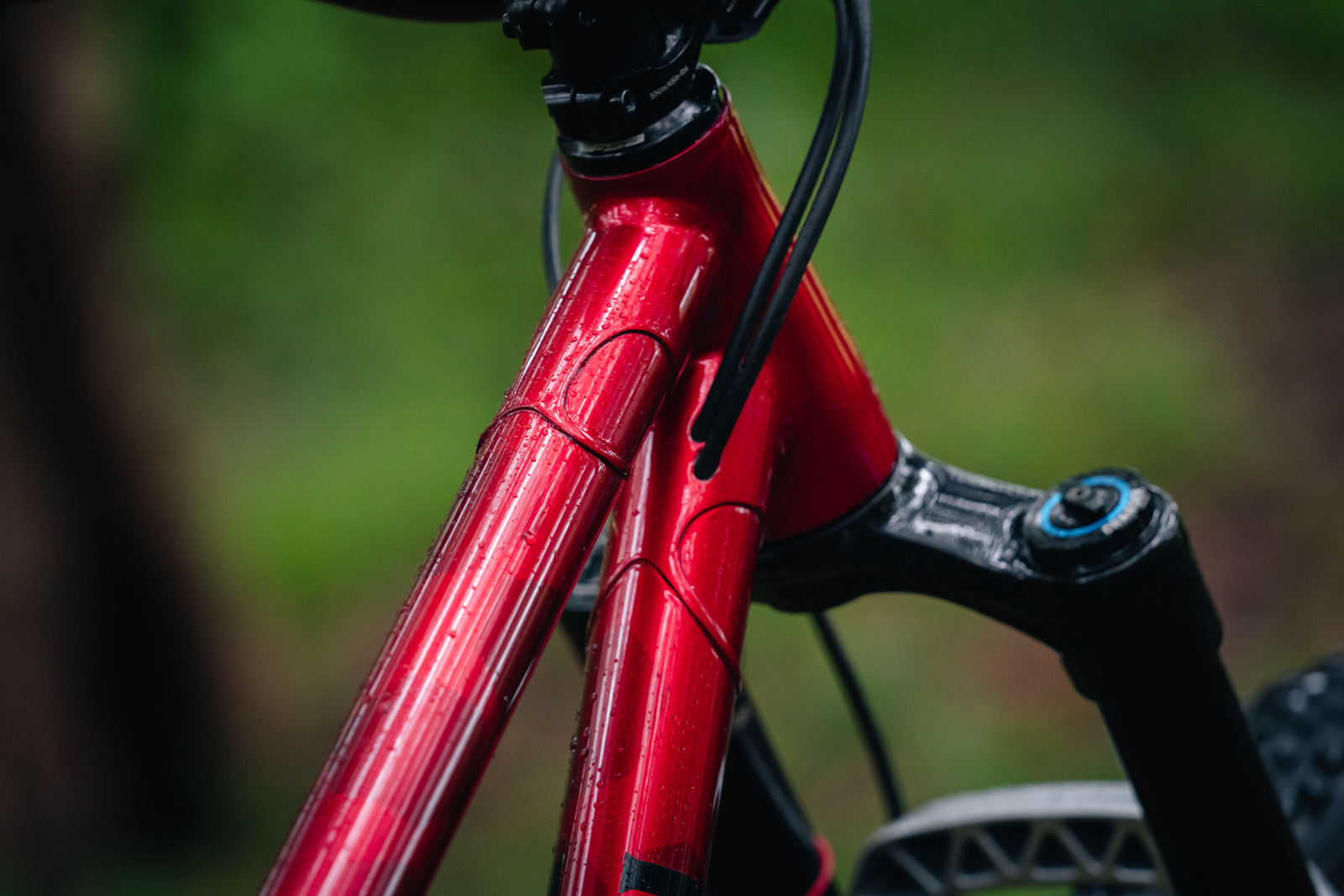
Alongside the fillet brazing, something of a Devlin signature, is the bi-lam construction, which refers to the lug shaped sleeves at the top tube, down tube, and head tube junctions. Whilst this is the signature Devlin aesthetic, bi-lam construction also increases the surface area of the brazed joints and assists in spreading forces better through the tubes.
The finishing touches on the frame are worth mentioning. The internal cable routing is executed very cleanly, and despite the ‘prototype’ labels on the top tube and seat stays, the Oisin very much looks like a finished product.
The tubes selected for the frame are predominantly Columbus, although the chain stays are 4130 due to both the shape required for a chain stay, and for a bit of added beefiness in an area that’ll cop a hammering.

In terms of suspension, Sean has opted for a tried-and-true Horst Link design. He did create three different lower shock mounts, each offering a separate level of progression, but he’s ended up settling on the most progressive setting as his preferred mode. The rocker link on this bike is from a Trek, but production bikes will come with a pressed metal rocker.
Another thing that will change with customers bikes is the paint. Whilst the wet paint job from Wallis Paints in Brisbane is a stunner, a powder coat paint job is going to be more durable in the long term on a mountain bike, so that’ll be the standard option for customers. With the Oisin being a fully custom offering, you could opt for the paint of your choosing, and Sean is also looking into custom paint protection as an option at purchase.

The Oisin I’ve been riding is kitted out with a solid build kit that fits the bill for all-day trail riding. Suspension duties are handled by a 150mm Pike Ultimate up front, and a Super Deluxe Ultimate in the rear. The drivetrain is a Shimano XT affair, and the brakes are SLX. The cockpit is handled by RaceFace, with a 780mm bar paired with a 35mm stem. The wheels are RaceFace ARC 30s, and they’re shod in Pirelli rubber. Finishing touches include a RockShox Reverb 200, and a Prologo Nago Evo Saddle.
Setting up the Devlin out of the box was a simple affair. I went with my usual settings in the suspension, pumped up the tyres, and away I went. I’m 186cm, and even with the 200mm Reverb there was heaps of post showing, so going for a long dropper shouldn’t be a problem with the Oisin, particularly with the mostly straight seat tube and the short insertion droppers on the market these days.
Before hitting the trails, the Oisin weighed in at 14.49kg, which is in the ballpark for a mid to long travel trail bike with no obvious weight saving components on the spec sheet.
On The Trail
The geometry of the Oisin is loosely based on forward geometry principals, which include a long reach, short stem, and moderate head angles. On the prototype I rode this included a 488mm reach, 66-degree head angle, and 35mm stem. Other key geometry numbers include 440mm chain stays, a 76.9-degree seat tube angle, 30mm BB drop, and 1240mm wheelbase.
I found the Oisin easy to get along with from the get-go. The longish reach and slightly steeper head angle than many of the new bikes coming onto the market puts plenty of weight on the front wheel, and it didn’t take long to get used to the bike’s handling manners.
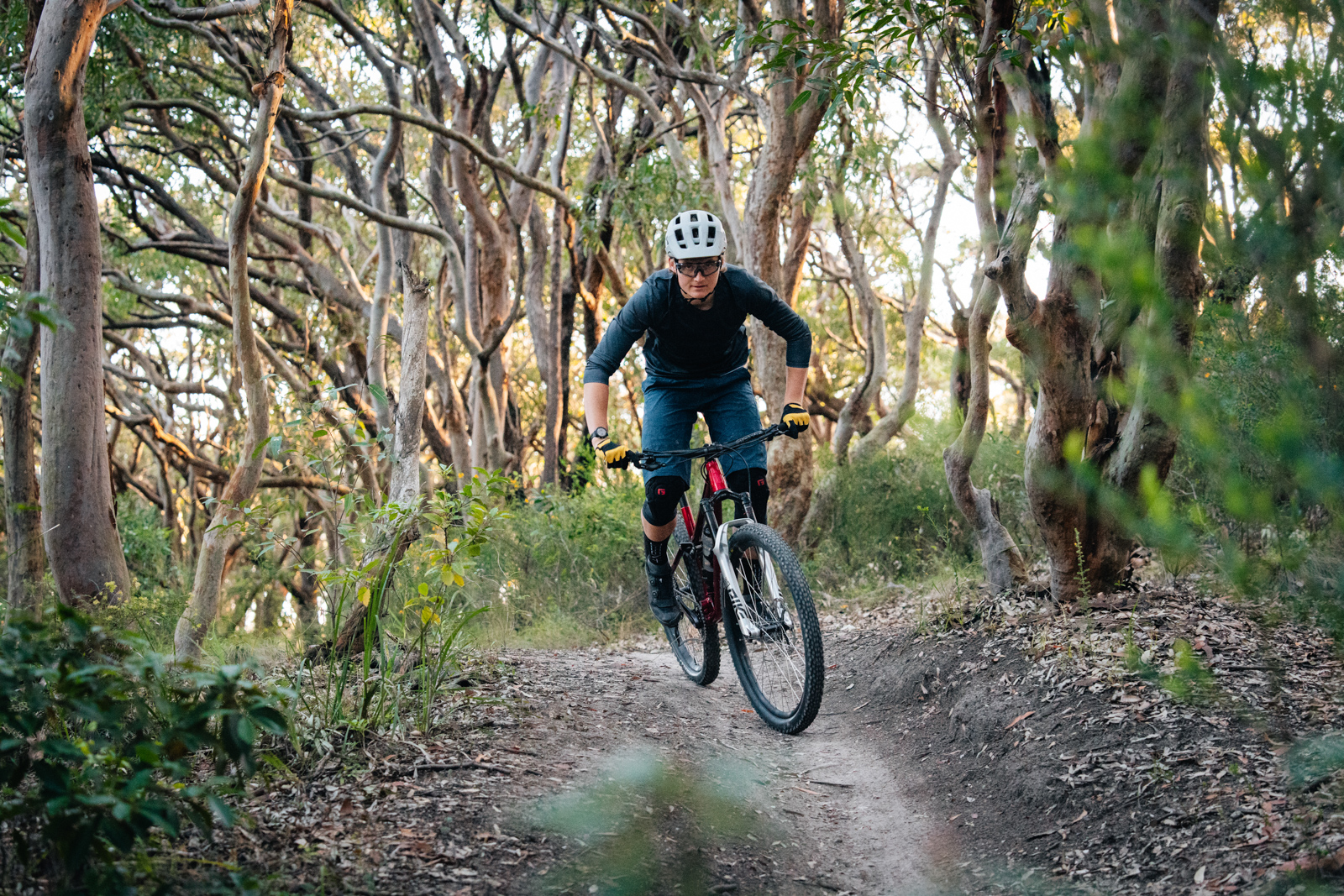
Most of my rides start with around fifteen minutes on the road to get to the trails. The Oisin’s pedalling was perfectly acceptable for my needs, and I was happy to leave the shock open on the ride to the trails. On the trails the rear suspension performance is fantastic, which isn’t a surprise given the proven Horst Link design and top of the line shock. I’d agree with Sean that the progression levels are in the right area for a bike with 140mm of rear travel, and on technical climbs the suspension tracks and generates momentum over obstacles nicely.
On the undulating terrain you’ll be spending plenty of time riding on a trail bike the Oisin is predictable and fun. As I said before, the handling took very little time to get used to and provides a good balance of high-speed stability and snappiness through twisty trails. The fast tyres and fantastic suspension added to the good times.
On the descents the Oisin was fantastic. Most of the descents around Newcastle aren’t super technical, and a bike like the Oisin is in the perfect travel bracket to attack them without feeling sluggish when things flatten out. Everything on the bike feels nicely balanced, but the trade off with the Pirelli Trail tyres’ speed through undulating terrain is some sketchiness in high speed turns and steeper trails where you want to get your braking done predictably.
I didn’t get the opportunity to try the Devlin with meatier tyres, but with a set of more aggressive tyres I think the Devlin would be plenty of bike for most East Coast descents. Another area that could be played with is fork travel, as you could bump the fork up to 160mm if your preferred descending is on the steeper side of things.
I could talk about the nuances of the Oisin’s geometry all day, but the beauty of the Oisin being a custom bike is that if you’d prefer minor changes Sean can probably accommodate it. When asked about custom geometry, here’s what he had to say.
‘Being a custom bike, fit is dialled in with reach, stack and seat tube angle, and then changes to the head angle or other geometry changes, I can assess to accommodate it but maintain the ride characteristics of the Oisin.’
In terms of different amounts of rear travel, Sean is working on a 170mm Enduro bike called the Jester, and a cross-country bike with 110mm of rear travel also.
Devlin are also working on some small batch TIG welded frames, based on the Oisin’s’ travel and geometry, and sized in 10mm reach increments. The chain stays will also vary in 2mm increments either up or down depending on the reach. These frames will come in at a lower price point (Sean thinks this will be around $5500) due to the slightly higher volume and TIG welding method. Devlin would like to offer build kits with the bikes, but they’re yet to be finalised, and the best way to learn more is to get in contact directly.
The 100% Fillet Brazed Oisin I’m riding will come in at $7000. For this price the frame includes a Super Deluxe+ Shock (as opposed to the Super Deluxe Ultimate on the bike I rode), Cane Creek headset, powder coat paint rather than wet, and externally routed brake and gear lines along the chainstays, with internal routing through the stays costing more. A neat inclusion in this price is a professional bike fit, although Sean says that with every frame being a fully custom affair there’s lots of things that can alter the price up or down.
‘Any part of the fully custom frames is up for negotiation really. If the customer already has a fit report or is confident enough to define the saddle height and bar reach they want, then of course we can save them some money.’
One concern I had around the bike was some tyre rub on both the seat stays and chain stays. I asked Sean about whether there is a max tyre limit for the frame and why the rub was occurring, and this was his response.
‘The tyre rub marks came from the bent rocker, and the first iteration of the Horst link bush failing. I haven't had any issues since. The final version of the Horst link bush will be ceramic and stainless so it will be very stable and last a long time.’
Devlin’s warranty conditions should also help allay any fears when it comes to buying a hand-built, custom bike.
‘There’s a lifetime warranty to the original purchaser, literally until the day I die. I will look after anyone that buys a frame second hand also.’
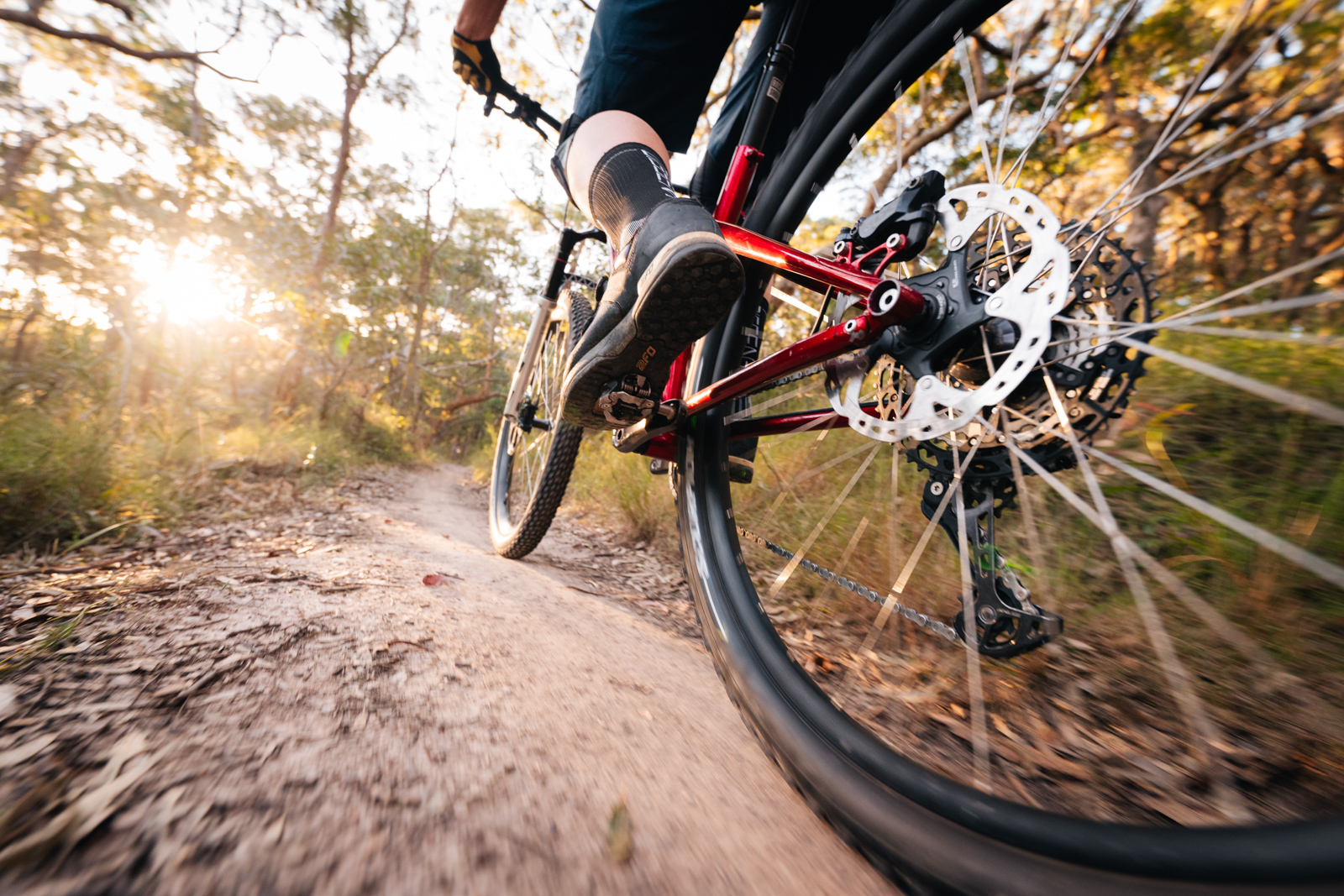
The most comparable bike I’ve spent time on recently compared to the Oisin is the NS Define 130, which pairs 130mm of rear travel with 140mm up front. The bikes feature similar geometry in many areas (although the Define has a far lower BB). After riding both bikes I came away thinking that bikes in this travel bracket are a great choice if you’ve only got room for one bike in your garage, and you enjoy riding a bit of everything. Obviously, price will play a factor in terms of whether I’d recommend the Define 130 or the Oisin to someone, but in terms of all-round trail ability the bikes are very evenly matched.
Our Take
The Devlin Oisin is a fantastic all-round trail bike that gets the job done in a broad variety of terrain. Component selections like fork travel and tyres can tailor the Oisin to your local trails and preferences, and its robust construction is in it for the long haul.
The Oisin isn’t going to be an option for riders on a budget. When you consider that mass produced frames are now well and truly in the high $5000 and even over the $6000 mark though, and for $7000 you’re getting a fully custom bike made right here in Australia, I’m sure it’ll represent good value to some. Judging by some of the opinions I hear trailside, a slight premium to choose your own geometry should be a small price to pay for riders who swear they know the perfect geometry recipe!
Alongside the fully custom Oisin, I’m very interested to see Devlin’s small batch TIG welded frames, as well as their upcoming enduro and cross-country bikes. Judging by Sean’s enthusiasm and the quality of his first model, expect Devlin to be a brand you’ll see plenty of more in the future!
From: https://devlincc.com

